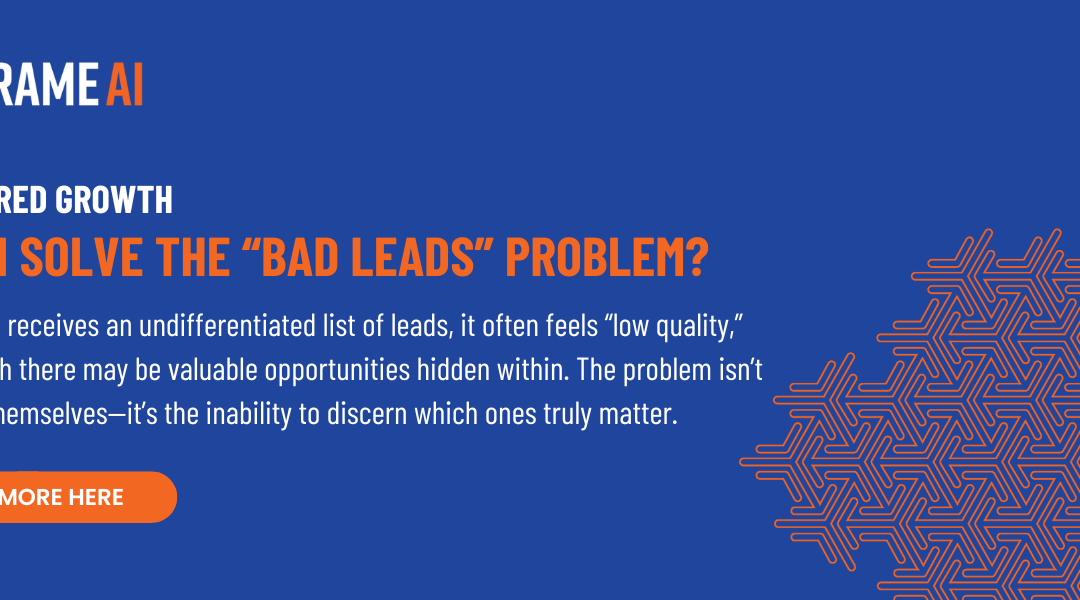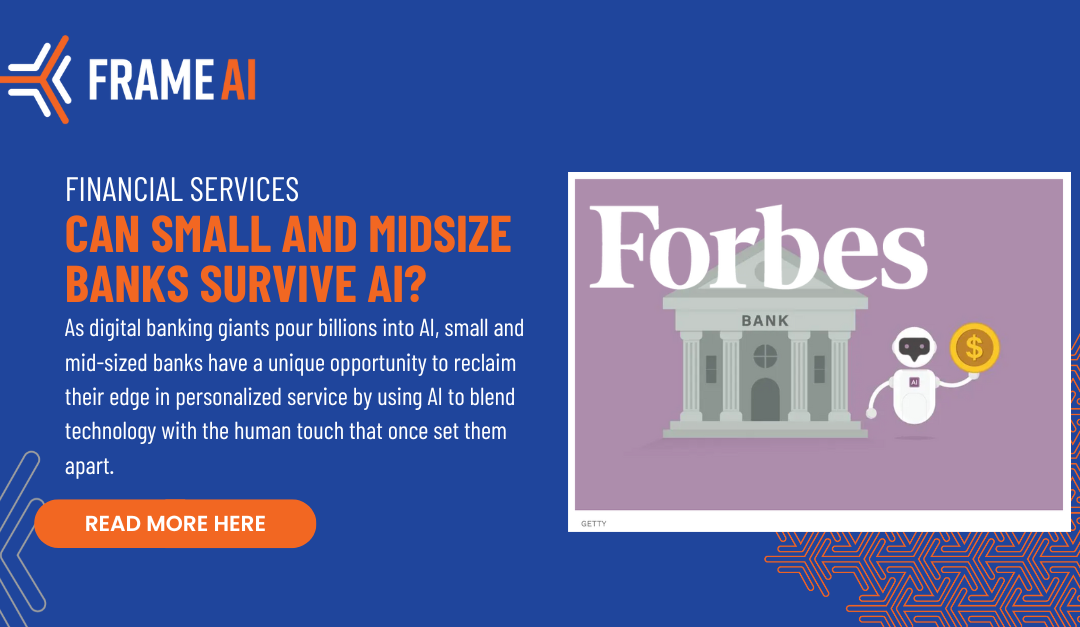Effective marketing hinges on data. For bank marketers, this means navigating a uniquely challenging landscape where the need for comprehensive, accurate data must be balanced against some of the most stringent regulatory environments in any industry.
However, increased regulatory scrutiny is only one piece of the data management puzzle for bank marketers. The bar is further raised by consumers themselves. Consumer trust is central in this industry, leaving marketers with a more challenging job than crafting and delivering compelling offers. Consumers have genuine relationships with their banks, and the quality of those relationships matters.
According to research from Forrester:
- Ninety-three percent of US banking customers with high trust in their primary bank say they would recommend it to friends and family. Only 39% of customers with low trust would do the same.
- Ninety percent of US banking customers with high trust in their primary bank say they would open an account with it again, while only 34% of customers with low trust would do the same.
Many AI tools for marketers involve content creation—making things has never been easier. However, more production without more data doesn’t necessarily generate better results. Marketing leaders are increasingly looking for ways to use AI to make content that builds trust with data.
Consumers don’t form their opinions in one interaction (unless, of course, it’s devastating), but over multiple interactions. What do consumers track in marketing interactions to judge a bank’s trustworthiness?
In 2022, Deloitte conducted a large-scale study of consumer trust. Their research identified four key components split across two categories: competence and intent.
Competence
- Capability: creates and delivers quality products/services/experiences
- Reliability: consistently delivers on promises and experiences
Intent
- Humanity: Demonstrates empathy and kindness
- Transparency: Openly shares motives, information, and choices in straightforward and plain language
How can AI help across these four dimensions? Stream-Trigger Augmented Generation (STAG) continuously detects the moments that matter in every customer interaction to facilitate fast, reliable, and highly relevant marketing messaging by processing natural language generated by customers in real time.
Boost Capability with More Meaningful Personalization
Generic personalization is no personalization at all, and consumers understand that. Broad, demographic-based offers communicate “we don’t know you very well.” The sense of anonymity erodes the sense of capability. How can consumers trust they’ll be served well if they don’t trust they’re understood well?
STAG enhances personalization by detecting what matters to customers in the information they share organically and consensually in emails, chats, and calls. By analyzing unstructured data from these interactions in real-time, STAG identifies specific needs and preferences that might not be apparent through traditional data collection methods. Banks can move beyond basic demographic-based personalization and offer relevant and individualized experiences.
Furthermore, STAG’s ability to continuously learn from customer interactions enables banks to refine their personalization strategies. Banks can provide proactive and relevant suggestions by anticipating future needs based on past behaviors and trends, enhancing the overall customer experience.
Highly personalized experiences showcase a bank’s capability to effectively meet every consumer’s unique needs. This level of customized service reinforces consumer trust and positions the bank as a reliable and competent partner in their financial journey.
Increase Reliability by Closing the Feedback Loop, Fast
When customers provide feedback—whether through social media, emails, or customer service interactions—they expect to hear their voices to be heard and their concerns addressed swiftly. Slow or inadequate responses can lead to dissatisfaction and a loss of trust.
STAG enhances the marketing team’s ability to increase reliability by closing the feedback loop quickly. For instance, when a customer mentions a product issue on a support call, STAG can immediately flag this feedback and route it to the marketing team. This ensures that marketing can respond promptly and effectively, showing the customer that their feedback is valued and acted upon.
Furthermore, STAG helps marketing teams by providing actionable insights from the feedback. For example, suppose multiple customers are complaining about a particular feature of a product. In that case, STAG can aggregate this feedback, allowing the marketing team to identify common issues and communicate them to product development. This helps resolve current customer concerns and prevent future ones by addressing the root cause, boosting both reliability and capability.
Better Listening = More Human Relationships
STAG transforms how marketing teams listen to and understand their customers. STAG captures customer sentiment and intent nuances by processing natural language data from emails, chats, social media, and calls in real-time. This allows marketing strategies to move beyond surface-level interactions and engage with customers on a deeper, more human level.
STAG can detect the emotional tone and urgency of customer communications, enabling the marketing team to respond with a personalized message that acknowledges the customer’s feelings and offers a tailored resolution. This kind of empathetic response can significantly enhance customer satisfaction and loyalty.
Moreover, STAG’s ability to continuously learn and adapt from ongoing interactions means that marketing teams can stay attuned to changing customer preferences and concerns. By identifying trends and patterns in customer feedback, marketing professionals can proactively address emerging issues and adapt their strategies to meet customer needs better. This ongoing dialogue helps to build trust and reinforces the perception that the bank genuinely cares about its customers.
Use Your Zero-Party Data to Enhance Transparency
Zero-party data includes details customers willingly provide. This data is not inferred or collected indirectly but is explicitly given by customers who expect it to be used to improve their experience. STAG leverages this data to create a transparent and trust-building dialogue with customers.
STAG allows marketing teams to personalize communications based on zero-party data, ensuring that the messages are relevant and transparently based on information the customer has chosen to share. This explicit use of customer-provided data can be communicated clearly in every interaction, reinforcing that the bank respects and values customers’ information.
Conclusion
In an industry where consumer trust is paramount, bank marketers must navigate stringent regulations while building meaningful customer relationships. STAG addresses the four pillars of consumer trust—capability, reliability, humanity, and transparency—by transforming how banks interact with their customers.
STAG enhances personalization by analyzing unstructured data from real-time interactions, making customers feel understood and valued. It increases reliability by efficiently closing the feedback loop, demonstrating the bank’s commitment to listening and improving. STAG’s swift response capabilities foster deeper human connections while using zero-party data to ensure transparent and honest communication.
Incorporating STAG into marketing strategies ensures regulatory compliance and builds strong, trust-based relationships, driving long-term customer loyalty and success.




